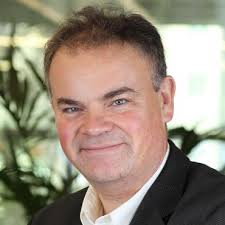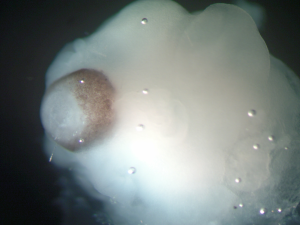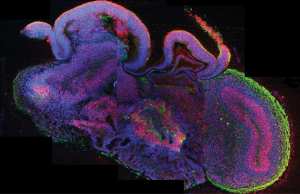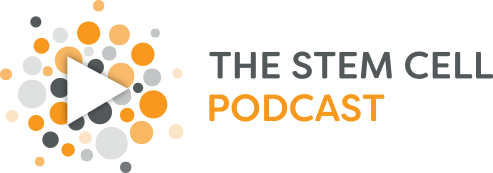 Jürgen Knoblich is the multi-awarded Deputy Director and Senior Scientist at the Institute of Molecular Biotechnology of the Austrian Academy of Sciences (IMBA).
Jürgen Knoblich is the multi-awarded Deputy Director and Senior Scientist at the Institute of Molecular Biotechnology of the Austrian Academy of Sciences (IMBA).
For his extensive work on asymmetric cell division, he won the Wittgenstein Prize in 2009. In Austria, it is the highest award given in the field of science.
Focus on Brain Development and Neural Stem Cells
Jürgen Knoblich and his associates focus on the most intricate and fascinating organ in the human body: the brain. Neural stem cells are the cornerstone of their research, making it highly relevant in medicine. They are trying to understand how a comparatively small and limited number of progenitor and stem cells are capable of building the sophisticated structure of the human brain. For their studies, they use Drosphila, mouse, and human genetics to gain insights on neural stem cell development.
Latest Research Findings at the Lab
- Neural Stem Cell in Fruit Flies
Among fruit flies or Drosophila, there are approximately 400 neural stem cells. These cells are called neuroblasts or cells that can divide and develop into neurons or glia cells. Developing neurons means a cell will undergo numerous cycles of asymmetric cell divisions which produce both large and small daughter cells. The large cell stays as a dividing stem cell, while the small daughter cell will differentiate after a fixed number of transit-amplifying divisions.
Cell fate determinants called Numb, Brat, and Prospero will isolate into the small daughter cell where they will trigger differentiation and prevent cellular self-renewal. When cell fate or cell-segregating determinants are missing, the daughter cells become stem cells, which can result to exponential reproduction and formation of transplantable and fatal brain tumor.
Data from the Knoblich lab show that energy metabolism modification may be a cause, and not a consequence, of cell fate transformation. Energy metabolism and self-renewal in stem cells are thus connected.
- Cell Division in Mouse Stem Cells
Research in the lab shows that mitotic spindle orientation is not important during the prime stages of neurogenesis. But they found out that it controls the transition of division modes from symmetric to asymmetric. Since transition from symmetrical to asymmetrical mode influences the production of progenitors, the results of this study suggest a link between mitotic spindle orientation and brain size among mammals.
- 3D Model of Human Cortical Development
 The Jürgen Knoblich Lab created a 3D culture model that allows them to observe the development of human cerebral cortex. The aim was to see if the mechanisms involved in controlling the division of asymmetric cells and stem cell lineages are preserved among humans. Scientists at the lab used induced pluripotent stem cells to build cerebral organoids that, with exceptional detail, will reenact human brain development in culture.
The Jürgen Knoblich Lab created a 3D culture model that allows them to observe the development of human cerebral cortex. The aim was to see if the mechanisms involved in controlling the division of asymmetric cells and stem cell lineages are preserved among humans. Scientists at the lab used induced pluripotent stem cells to build cerebral organoids that, with exceptional detail, will reenact human brain development in culture.
 The Knoblich Lab established the usefulness of their organoid model by reproducing microcephaly, a human disorder characterized by the extreme decrease in cortical size. All in all, the lab’s model will allow researchers to apply their knowledge to humans and not just in fruit flies, which will result to a better understanding of the cellular mechanisms that cause diseases in the human brain.
The Knoblich Lab established the usefulness of their organoid model by reproducing microcephaly, a human disorder characterized by the extreme decrease in cortical size. All in all, the lab’s model will allow researchers to apply their knowledge to humans and not just in fruit flies, which will result to a better understanding of the cellular mechanisms that cause diseases in the human brain.
Please leave a comment below with any questions you have for Dr. Knoblich or any other labs you would like to see us feature.
The Stem Cell Podcast Team
The #1 Resource for All Things Stem Cells

